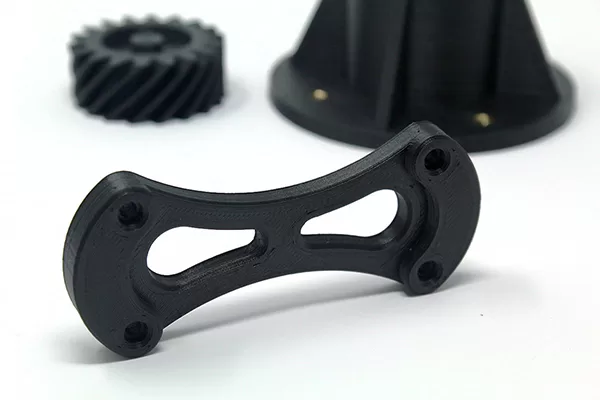Rapid prototyping may be a pivotal portion of the item improvement preparation, but customarily, it has been a bottleneck. Item originators and engineers would make temporary proof-of-concept models with fundamental apparatuses, but creating useful models and production-quality parts regularly required the same forms as wrapped-up items. Conventional fabricating forms like infusion molding or CNC require expensive tooling and setup, which makes low-volume, custom models restrictively costly. Rapid prototyping makes difference companies turn thoughts into practical proofs of concept, propels these concepts to high-fidelity models that see and work like last items, and guides items through an arrangement of approval stages toward mass generation. With rapid prototyping, originators and engineers can make models straightforwardly from CAD information speedier than ever sometime recently, and execute fast and visit corrections of their plans based on genuine-world testing and criticism.
Quickly Incorporating Changes and Interactive Designs in Rapid Prototyping:
The plan is continuously an iterative preparation requiring different rounds of testing, assessment, and refinement sometimes recently getting to the last item. Fast prototyping with 3D printing gives the adaptability to form more reasonable models quicker and actualize changes immediately, hoisting this significant trial and error process. A great demonstration may be a 24-hour plan cycle: plan amid work, 3D print model parts overnight, clean and test another day, change the plan, at that point rehash.

3D printing parts
Reduce Design Errors and Test Perfectly for Rapid Prototyping:
In item plan and fabricating, finding and settling plan blemishes early can offer assistance companies maintain a strategic distance from expensive plan corrections and tooling changes down the street. Rapid prototyping permits engineers to altogether test models that see and perform like last items, diminishing the dangers of convenience and manufacturability issues sometimes recently moving into generation.
Concept Designs for Rapid Prototyping:
Concept models or proof-of-concept (POC) models offer assistance item architects approve thoughts and suspicions and test a product’s practicality. Physical concept models can illustrate a thought to partners, make talk, and drive acknowledgment or dismissal utilizing low-risk concept investigations. The key to fruitful concept modeling is speed; originators ought to create a riches of thoughts, sometimes recently building and assessing physical models. At this arrangement, ease of use and quality is of less significance and groups depend on off-the-shelf parts as much as conceivable. 3D printers are perfect instruments to back concept modeling. They give unmatched turnaround time to change over a computer record into a physical model, permitting architects to test more concepts, quicker. In differentiate with the larger part of a workshop and fabricating apparatuses, desktop 3D printers are office-friendly, saving the require for a committed space.
Active Prototypes in Rapid Prototyping:
As the item moves into the ensuing stages, subtle elements ended up progressively imperative. 3D printing permits engineers to make high-fidelity models that precisely speak to the wrapped-up item. This makes it simpler to confirm the plan, fit, work, and manufacturability sometimes recently contributing to costly tooling and moving into generation, when the time and take a toll to form alter gets to be progressively restrictive. Progressed 3D printing materials can closely coordinate the see, feel, and fabric characteristics of parts created with conventional fabricating forms such as infusion molding.
